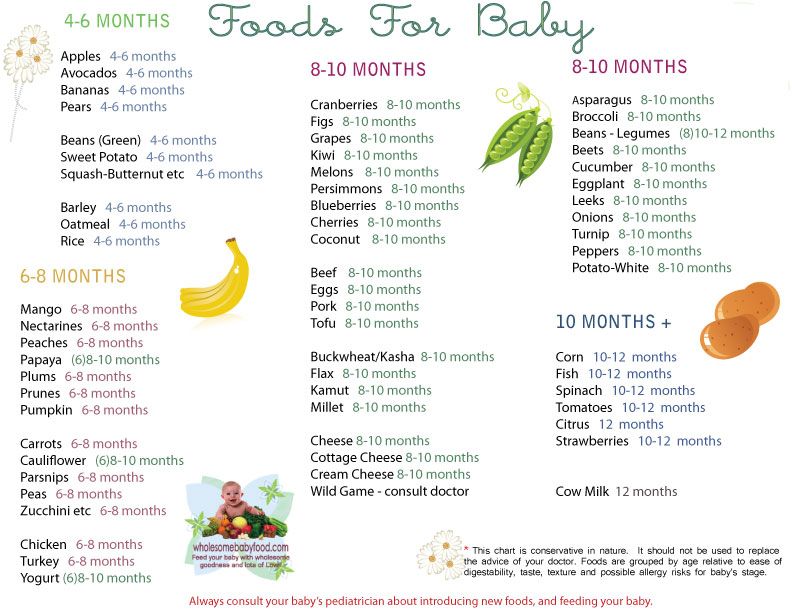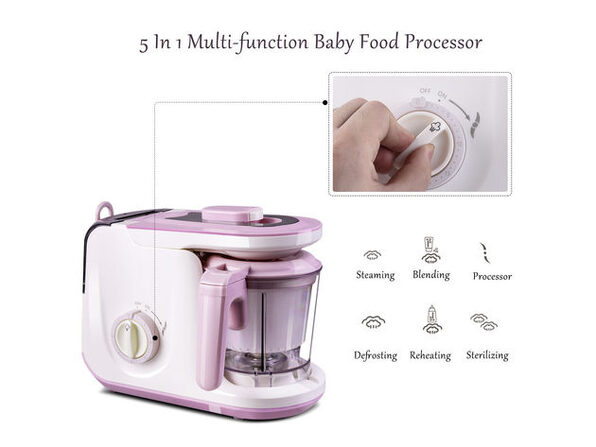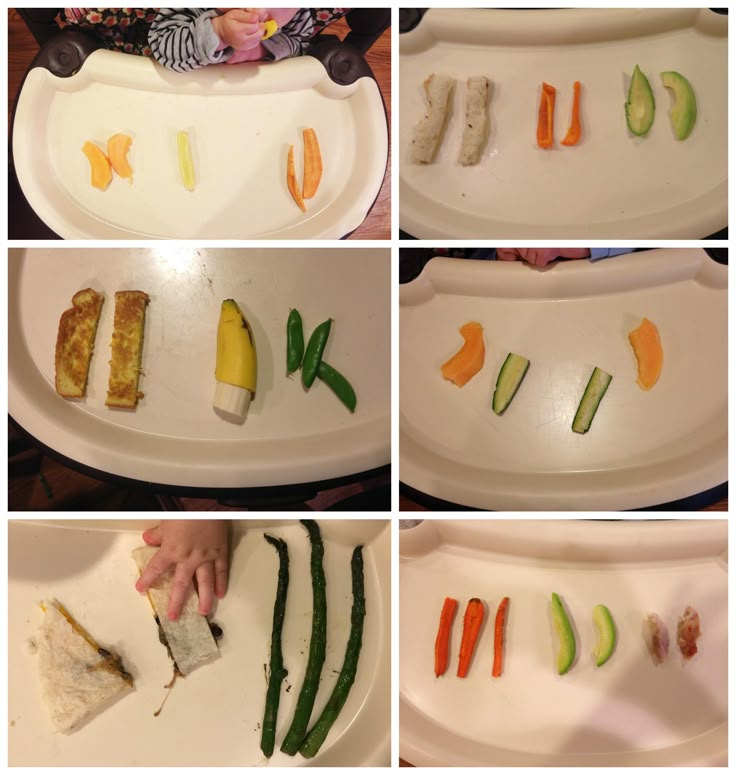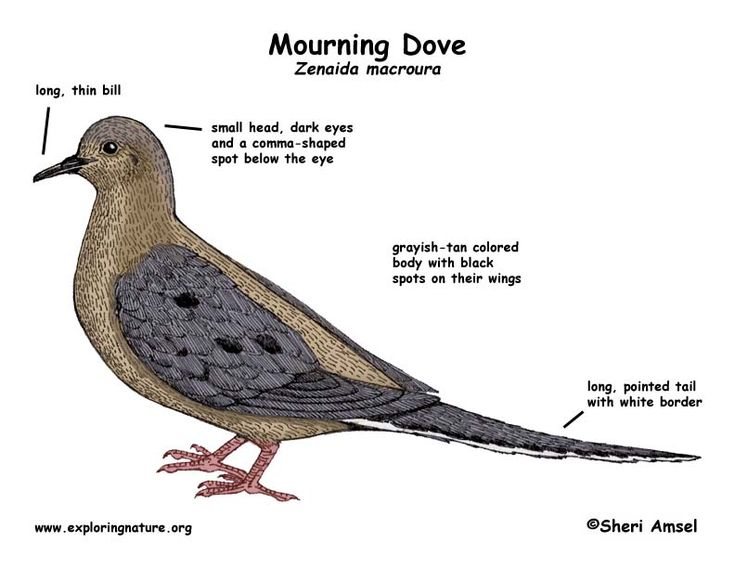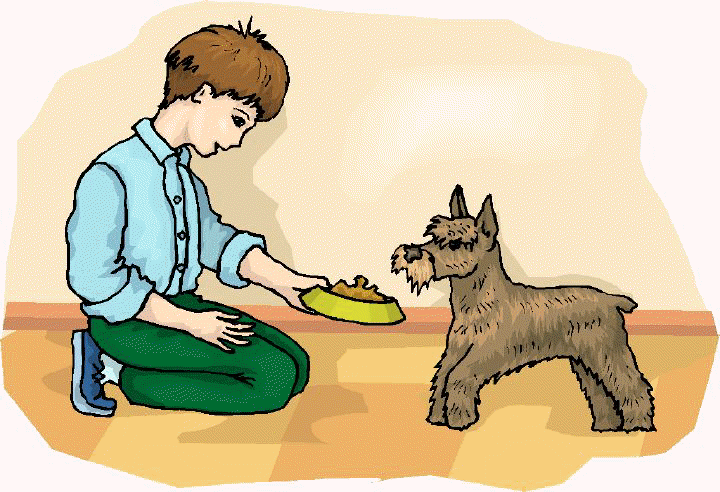When to feed baby tomatoes
Benefits, Age, Cautions, Recipe, More
By the time your child reaches toddlerhood, no one will be surprised if some of their favorite foods include tomatoes. Pizza, spaghetti with marinara, and French fries with ketchup are all surefire kid pleasers. (No wonder they’re on every restaurant kids’ menu.)
With a lifetime of tomato-y meals ahead, when is the time “ripe” to give your little one their first taste of the juicy red fruits? Are tomatoes too acidic for babies? Too seedy? Too… something else that you haven’t even thought of yet?
Here’s everything you need to know about getting your baby started on the delicious, nutritious path toward tomato-based foods.
As a new parent, it’s always reassuring when a trusted authority can tell you how (and when and why) to do things just right for your baby. But when it comes to introducing your child to new foods, the instructions aren’t as specific as you might expect.
According to the American Academy of Pediatrics (AAP), children should begin eating solid foods around 6 months. And, believe it or not, according to the AAP, their first foods don’t actually have to be rice cereal and mashed banana. In fact, the decision of when to give baby various foods is largely up to you.
So is tomato on the table? You bet! “Babies can safely consume tomatoes as soon as they are ready for solids, which is generally around 6 months of age,” says pediatric dietitian Amy Chow, RDN.
Just keep in mind that first foods should be rich in iron and protein. Tomatoes are not a good source of either of these nutrients so it’s important that tomatoes be one of many foods that are introduced during weaning.
How you serve tomatoes depends on your baby’s age and their ability to properly chew foods. Tomato purées or mashes without skin are good for young babies just starting to eat solids.
Small, cut-up (and peeled) tomatoes also make an ideal choice for baby-led weaning if your baby is a bit older. This practice involves letting kiddos feed themselves — rather than be spoon-fed — to foster independence and self-determination with food.
Pieces of colorful, ripe tomato on a high chair tray may be just the thing to entice your baby into chowing down of their own volition.
Homemade tomato sauce, soups, stews, and meat dishes are additional vehicles for allowing baby to try (and enjoy) tomatoes.
Sure, tomatoes may serve as the base for less-than-super-healthy foods like pizza and ketchup, but the fruits themselves are extremely nutritious. For babies, tomatoes provide a number of health benefits. They’re:
- High in vitamin C. Tomatoes are a great source of vitamin C. At 16.9 milligrams (mg), one medium fruit knocks out 34 percent of the daily vitamin C requirement for babies 7 to 12 months. “Vitamin C can help with iron absorption when consumed with a source of iron,” says Chow. Plus, this micronutrient boosts immunity and helps wound healing.
- High in provitamin A. Add provitamin A to tomatoes’ impressive micronutrient mix. (The body converts provitamin A carotenoids to vitamin A.
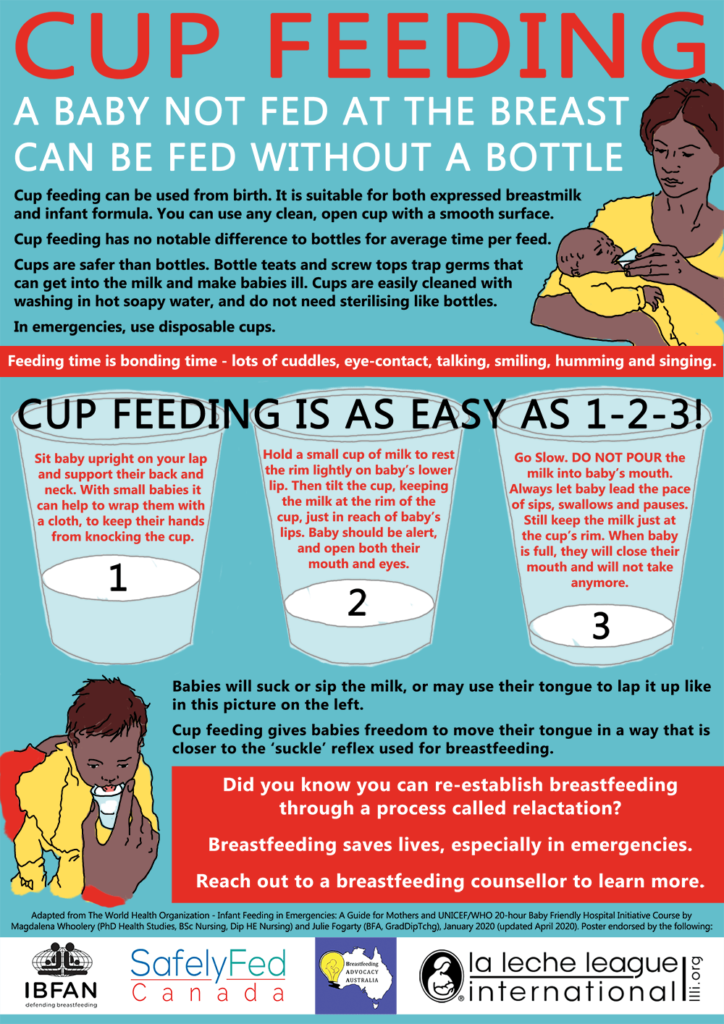 ) A medium fresh tomato contains 51 micrograms (mcg), or about 10 percent of 7- to 12 month-olds’ daily needs. This nutrient promotes cellular communication and growth, vision development, and immune function.
) A medium fresh tomato contains 51 micrograms (mcg), or about 10 percent of 7- to 12 month-olds’ daily needs. This nutrient promotes cellular communication and growth, vision development, and immune function. - Packed with antioxidants. If you’ve ever read a ketchup label, you’ve probably heard of lycopene, tomatoes’ power-player antioxidant. Lycopene helps protect against the damage created by free radicals, reducing oxidative stress in the body.
- Helpful for hydration. You know tomatoes are juicy, but just how juicy? The average tomato contains 94 percent water. If baby is struggling with constipation or jaundice, extra fluids from tomatoes can help.
Seems like — with any food — there’s always something to watch out for. Fortunately, tomatoes aren’t likely to pose serious issues for your baby. First, they’re not one of the top eight food allergens, so an allergic reaction to tomatoes is rare (though not totally unheard of).
To monitor potential allergic reactions, it’s best to introduce only one new food to your baby every 3 to 5 days. If a rash, diarrhea, wheezing, or other adverse symptoms show up after a few bites of diced Roma, it’s time to chat with your pediatrician about the possibility of an allergy.
As for concerns about tomatoes being a choking hazard, you can take steps to ensure they go down easy.
“Tomatoes should be peeled unless offered in very small pieces,” Chow advises. Pieces should be no larger than a half inch. Oh, and good news about seeds: “The tomato seeds are very small and not a choking risk.”
Finally, what about tomatoes for babies with reflux or otherwise sensitive tummies? Are the red fruits so acidic that they’ll come right back up again? It depends. If your little one has reflux, keep a close eye on their reaction to Grandma’s marinara.
“Tomatoes can increase acid production in the stomach and worsen reflux; however, the need to avoid tomatoes and tomato products is individually based,” says Chow. “If it doesn’t bother your child, there’s no need to avoid them.”
“If it doesn’t bother your child, there’s no need to avoid them.”
Unlike other veggies such as carrots or peas, you probably won’t find jars of puréed tomatoes in the baby food aisle. (After all, most grown-ups don’t sit around lapping up tomato sauce straight from the jar, either.)
And while you may come across premade baby foods that contain tomatoes, such as meat or pasta blends, home-cooked meals can be even more nutritious and palatable for your child.
Here are a few simple recipes to introduce your baby to the plump and juicy world of tomato foods.
Basic tomato sauce
- Heat 2 tbsp. olive oil in a pot over medium heat.
- Add 1/2 cup diced onion and cook until softened, about 3–5 minutes.
- Add 2 cloves minced garlic and cook until fragrant.
- Pour in 28 oz. can whole tomatoes (with juice), mashing the tomatoes slightly.
- Stir in 1/2 tsp. dried basil or oregano.
- Simmer 20 minutes, stirring occasionally to break up tomatoes, then add salt and pepper to taste.

Store uneaten portion in an airtight container in the refrigerator.
Baby pizza
This one’s for your older baby, who’s well seasoned at chowing down on solids.
Once you’ve made a basic tomato sauce, you’re good to go for pizza night! Spoon tomato sauce onto pizza dough, flatbreads, or English muffins. Top with shredded mozzarella and bake at 400°F (204°C) about 10 minutes. Cool and cut into small bites.
Fresh tomato pasta
Prepare a small whole wheat pasta, such as shells, elbows, or orzo according to package directions. Add quartered cherry tomatoes and sprinkle with Parmesan.
This is a great meal for older babies who can chew their food safely.
Tomato omelet
- Heat 1 tsp. olive oil over medium heat in a nonstick pan.
- Add a handful of quartered cherry tomatoes and sauté until softened, about 2–3 minutes.
- Add 2 beaten eggs and cook, lifting the edges periodically to cook evenly.
- Sprinkle on cheese of your choice, then fold carefully.
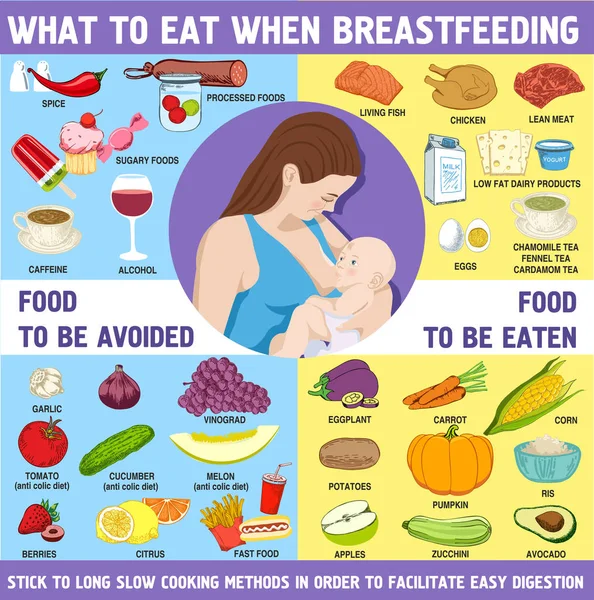
- Let cool and cut into wedges or small pieces.
Once your child is ready for solid foods at around 6 months, you can go ahead offering tomatoes and tomato-based foods. (Just be sure to cook or peel the fruits when first starting out.) Pretty soon your little one is likely to join the ranks of tomato lovers worldwide.
Ultimate Guide to Tomatoes for Babies (with Recipes)
By Min On
This post may contain affiliate links. Please see our disclosure policy for more details.
Share or Save It for Later!
Jump to Recipe
Tomatoes are the perfect finger food for babies. Here's how to cook and serve to your baby along with plenty of recipes to help make introducing tomatoes easy and fun!
Jump to:- When can babies eat tomatoes?
- Health Benefits
- Are tomatoes safe for babies?
- Selecting the best tomatoes
- Cooking Methods
- How to cut tomatoes for babies
- Baby-Friendly Tomato Recipes
- Frequently Asked Questions
- How to Cook Tomatoes for Babies
When can babies eat tomatoes?
This nutritious fruit be offered to babies as soon as they’re ready to start solids, usually around 6 months. It’s important to remember that your baby is unique and that rather than going by the calendar, you need to make sure your baby is DEVELOPMENTALLY ready to start solids.
It’s important to remember that your baby is unique and that rather than going by the calendar, you need to make sure your baby is DEVELOPMENTALLY ready to start solids.
If you’re unsure, be sure to grab my FREE handout!
Health Benefits
Although prepared like a vegetable, tomato is actually a fruit that belongs to the nightshade family, along with eggplants, potatoes, and peppers.
The rich red color of tomatoes is due to a powerful antioxidant called lycopene, which has been linked to many health benefits including heart health, protection against cancers and sunburns.
The yellow and orange-hued tomatoes contain beta carotene (also found in carrots and sweet potatoes).
Both lycopene and beta carotene are carotenoids which, once consumed, get converted into vitamin A, a key nutrient for good vision, cell growth, and a healthy immune system.
Carotenoids must be consumed through the diet and are best absorbed when eaten with dietary fat.
Tomatoes are also great sources of vitamin C which, when paired with plant-based iron foods, can greatly enhance the absorption of iron.
Are tomatoes safe for babies?
Raw tomatoes, particularly cherry and grape tomatoes, are a potential choking hazard, so be sure to follow the serving suggestions listed below.
You may notice redness where the tomatoes came in contact with your baby's skin. This is not necessarily a sign of an allergic reaction. Rather it's most likely a mild skin irritation due to the tomato's high acid content.
Most definitely consult your doctor if the irritation is severe. But if it's mild and goes away once the skin is cleaned, then there's no need to restrict tomatoes from their diet.
If it bothers you, though, opt for orange and yellow tomatoes which tend to be less acidic.
Selecting the best tomatoes
Nothing beats locally grown tomatoes during their peak summer season. The less they travel and more time they spend ripening on the vine, the better!
There are thousands of types of tomatoes, but you're most likely to find beefsteak, roma, cherry, grape, and heirloom tomatoes.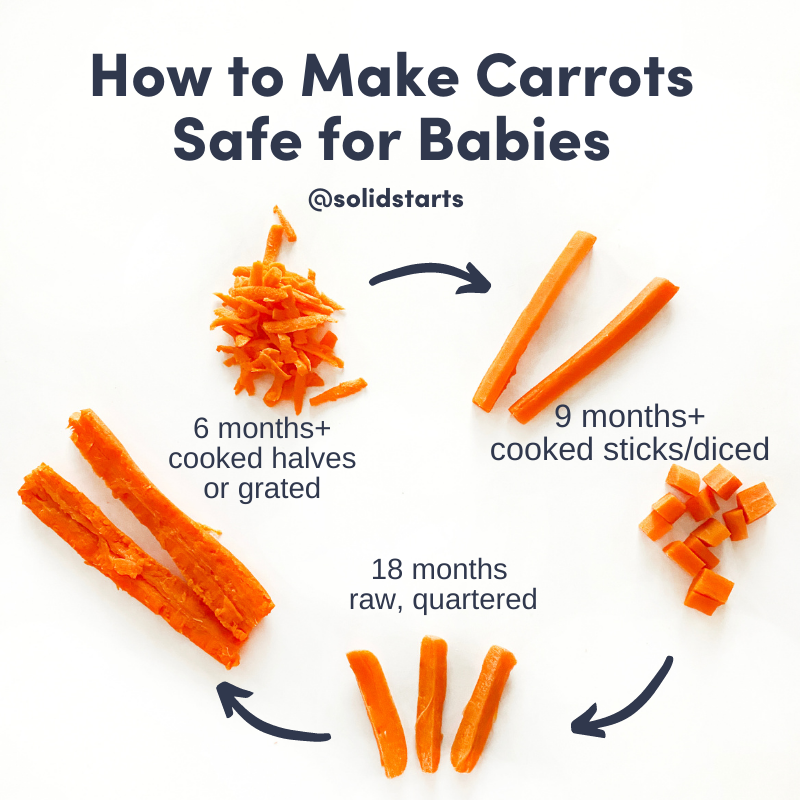
No matter the variety, here are some things to look for:
- Choose ones that feel heavy for their size and aren't too hard or soft.
- Avoid those with bruises, blemishes, or wrinkled skin. The skin should be smooth, shiny, and uniform.
- Take a sniff! If it smells earthy and sweet around the stem end, grab as many as you can ;).
Cooking Methods
While you can serve raw tomatoes to your baby, if you are feeling nervous and want to cook until soft, then here are the top methods to try.
Note that cooking will increase lycopene while decreasing vitamin C content.
I recommend leaving the skin on for added nutritional value, but you can certainly peel it before serving if it makes you feel more comfortable.
Blanch
Boil a pot of water. Using a pairing knife, cut an "X" in the bottom of each tomato. Cut just enough to pierce through the skin, but not too deep into the flesh. Add to the boiling water and cook for 20-30 seconds.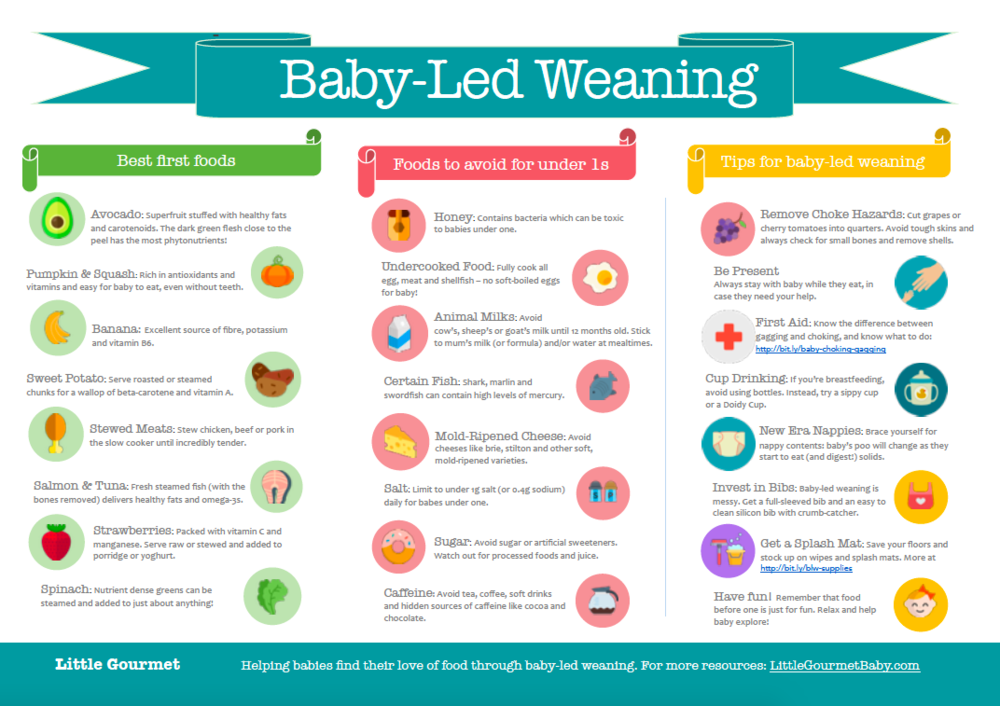 Remove and put in ice-water-filled bowl.
Remove and put in ice-water-filled bowl.
Steam
- Place water in a pot, add steamer basket, and bring to a boil. Cut an "X" in the bottom of each tomato and place in the basket cut side up.
- Cover and steam for 3-4 minutes.
You can transfer to a bowl with ice, but I normally don't do this. You should be able to easily peel the skin.
Roast
- Preheat oven to 450°F. Cut tomatoes in half lengthwise. Place in a bowl and toss with generous amount of oil and seasoning(s) of choice.
- Transfer to a lined baking sheet. Spread in single layer, flesh side up.
- Roast for 30-35 minutes.
How to cut tomatoes for babies
6+ months old
Cut raw or cooked tomato into large wedges. You can leave the skin on or off. Your baby will most likely spit out the skin but it's a great exposure to texture.
Serve as a puree, tomato sauce, or soup (see recipes below). Stir in lentils, oatmeal, or pasta.
Best First Foods for Babies
9+ months old
By 8-9 months of age, your baby should develop their pincer grasp and be able to pick up smaller pieces. In addition to all the suggestions above, you can start offering bite-sized pieces. But do continue offering larger pieces so they can practice taking bites.
Baby-Friendly Tomato Recipes
- Iron-rich Baby Pasta
- Sugar Free Pizza Sauce
- Pizza Casserole
- Healthy Sloppy Joes
- Veggie-loaded Bolognese
- Pizza Eggs
- Vitamix tomato soup
- Sweet Potato Quinoa Lasagna
Frequently Asked Questions
Are canned tomatoes or bottled sauces ok for babies?
They are such a convenient option and actually contain more lycopene than raw tomatoes. Just be sure to look for low sodium or no-salt-added options.
How do you cut grape or cherry tomatoes for babies?
Be sure to cut the tomatoes into quarters lengthwise.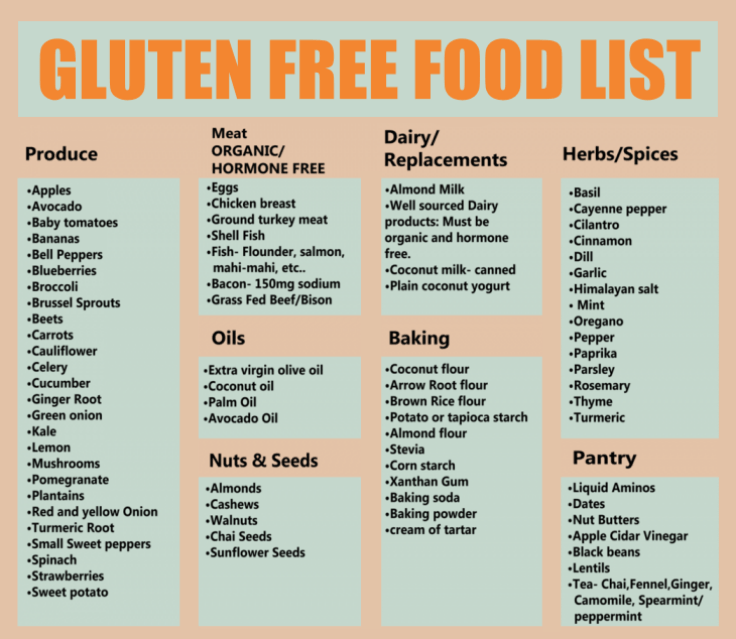 Horizontally halved tomatoes can pose the same choking risk as whole grape/cherry tomatoes.
Horizontally halved tomatoes can pose the same choking risk as whole grape/cherry tomatoes.
Can babies eat tomato skin?
There is no need to peel the skin (unless it makes you feel more comfortable). It will make the tomato less slippery so your baby can easily grab and bring to their mouth. Most likely they will spit out the skin.
If you want to learn how to prepare other specific food(s), check out my How To Series!
How to Cook Tomatoes for Babies
Tomatoes are the perfect finger food for babies. Here's how to cook and serve to your baby along with plenty of recipes.
5 from 1 vote
Print PinPrep Time: 5 minutes
Cook Time: 5 minutes
Total Time: 10 minutes
Servings: 2
Author: Min | MJ and Hungryman
- ▢
Steamer
- ▢
Sheet Pan
- ▢ 1 pound Beefsteak or Roma tomatoes
- ▢ Olive or Avocado oil (if roasting)
Blanch
Boil a pot of water.
 Using a pairing knife, cut an "X" in the bottom of each tomato. Cut just enough to pierce through the skin, but not too deep into the flesh. Add to the boiling water and cook for 20-30 seconds. Remove and put in ice-water-filled bowl.
Using a pairing knife, cut an "X" in the bottom of each tomato. Cut just enough to pierce through the skin, but not too deep into the flesh. Add to the boiling water and cook for 20-30 seconds. Remove and put in ice-water-filled bowl.
Steam
Place water in a pot, add steamer basket, and bring to a boil. Cut an "X" in the bottom of each tomato and place in the basket cut side up. Cover and steam for 3-4 minutes.
Roast
Preheat oven to 450°F. Cut tomatoes in half lengthwise. Place in a bowl and toss with generous amount of oil and seasoning(s) of choice.Transfer to a lined baking sheet. Spread in single layer, flesh side up. Roast for 30-35 minutes.
To store: transfer to an airtight container and keep in the fridge for 3-5 days.
Calories: 41kcal | Carbohydrates: 9g | Protein: 2g
Course Baby Food
Cuisine American
Tried this Recipe? Tag me Today!Tag me @KidFriendly. Meals today!
Meals today!
More Baby and Toddler Feeding Tips
Share or Save It for Later!
Share: [addtoany]
About Min
Thank you so much for stopping by! I am Min, a Registered Dietitian, a Christ follower, a wife, and a mom to our two miracle babies! Currently, I’m having a ton of fun feeding their tummies and sharing our baby led weaning journey! Follow me on Instagram if interested in seeing daily menu as well as tips and tricks.
Reader Interactions
How to feed tomatoes in a greenhouse for a good harvest
Not sure how best to feed the tomatoes in the greenhouse? Our detailed article will help you understand this issue.
Even when growing tomatoes on fertile soil, regular top dressing is indispensable. Only proper plant care, coupled with timely fertilization, will provide a rich harvest of healthy and beautiful fruits. At the same time, it is important not to overdo it with doses of dressings, otherwise the tomatoes may die.
How to feed tomato seedlings before planting
Healthy and strong seedlings are a necessary condition for a good harvest. In order for the plants to develop properly, they need to be fed with Yeast even before planting in the greenhouse.
Yeast fertilizer is made as follows: 1 package of dry yeast is mixed with 2 tbsp. sugar, pour 1 glass of warm water, mix thoroughly and leave for 2 hours. After this time, the infusion is diluted at the rate of 0.5 liters per 10 liters of water and seedlings are watered with the resulting liquid.
In addition, during spring digging, you should prepare the soil for tomatoes in the greenhouse, if you did not have time to do this in the fall. 1 bucket of peat and turf land is brought to the beds (per sq.m). Then organic fertilizer is added: 0.5 l of wood ash, 10 l of compost or humus and 1 tsp. urea (per sq.m).
Before planting seedlings, the soil should be shed with a solution of potassium permanganate. To do this, 1 g of potassium permanganate is dissolved in 10 liters of hot water (not lower than 60 ° C).
To do this, 1 g of potassium permanganate is dissolved in 10 liters of hot water (not lower than 60 ° C).
How to feed tomatoes after planting in a greenhouse
At the end of May - beginning of June, a few days after planting the seedlings, the tomatoes should be fed with a complex fertilizer (containing nitrogen, phosphorus and potassium).
An excess of nitrogen leads to a rapid growth of the vegetative mass to the detriment of the formation of ovaries, therefore, at the initial stage of tomato growth, it is important not to overdo it with nitrogen fertilizers
In a greenhouse, the humidity level is higher than in open ground, so the processes of absorption of useful elements occur faster. And in order for the plant to absorb them, you need to slightly reduce the concentration of fertilizers.
So, experienced gardeners advise to add the following top dressing to the soil: 1 tbsp. nitrophoska and 0.5 l of mullein are diluted in 10 l of water and poured under each plant 1 liter of the resulting mixture.
How to feed tomatoes during flowering
During the formation of flowers, it is recommended to feed tomatoes with such universal fertilizer as Sudarushka tomato. It contains the necessary macronutrients (nitrogen - 13%, phosphorus - 8%, potassium - 8%), trace elements (zinc - 0.15%, manganese - 2%, cobalt - 0.04%, copper - 0.1%, molybdenum - 0.04%, boron - 1.5%), and there is no chlorine.
1 tsp fertilizers are dissolved in 10 liters of water and 0.5 liters of the resulting liquid is poured under each plant. This fertilizer not only increases productivity, but also prevents the development of fungal diseases.
If you prefer to make your own fertilizer, use 1 tbsp. potassium sulfate and 0.5 l of bird droppings, dilute in 10 l of water, then add 0.5 l of liquid mullein and pour the resulting mass on the tomatoes at the rate of 1 l of fertilizer for each plant.
Also during the formation of the ovaries, it is necessary to carry out foliar top dressing. To do this, in the evening or in cloudy weather, spray an infusion of wood ash on dry leaves. To prepare such a fertilizer, 2 cups of ash are poured into 2 liters of hot water. Then insist for 2 days, then the precipitate is filtered off. The resulting liquid is adjusted with water to a volume of 10 liters and the tomato tops are treated with it.
To do this, in the evening or in cloudy weather, spray an infusion of wood ash on dry leaves. To prepare such a fertilizer, 2 cups of ash are poured into 2 liters of hot water. Then insist for 2 days, then the precipitate is filtered off. The resulting liquid is adjusted with water to a volume of 10 liters and the tomato tops are treated with it.
Many modern greenhouse tomato varieties respond well to foliar fertilizing with magnesium sulfate: 15 g of fertilizer is dissolved in 10 liters of water and the resulting liquid is sprayed on tops of tomatoes, spending 1.5 liters per sq.m. And for active fruit setting, tomatoes are fed with superphosphate (1 tsp per 10 liters of water).
As a rule, foliar top dressing of tomatoes is carried out once a month
How to feed tomatoes during fruiting
During the period of mass fruiting, tomatoes are fed for the last time in a season. At the same time, 2 tbsp. superphosphate is dissolved in 10 liters of water and 1 tbsp is added there.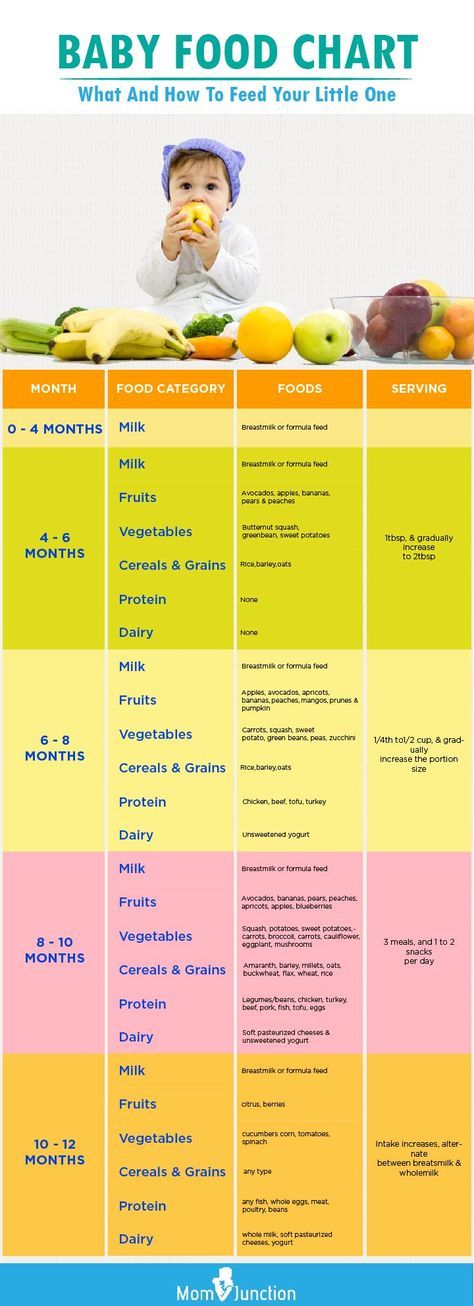 liquid potassium humate. Under the root of each bush, 1 liter of fertilizer is applied.
liquid potassium humate. Under the root of each bush, 1 liter of fertilizer is applied.
Plants need elements such as boron, manganese, iodine and potassium to form a large number of tasty and fleshy fruits. You can make up for their deficiency by feeding with complete mineral fertilizer with microelements or by preparing a nutritional supplement at the rate of 10 g of boric acid powder (it is pre-dissolved in a small amount of hot water), 10 ml of iodine and 1.5 l of sifted ash per 10 l of water. Fertilizer consumption is the same - 1 liter per bush.
After the appearance of fruits, only root dressings are applied.
How to feed the tomatoes so that they are plump
To prevent the seedling from stretching, and its stem to be thick, feed the plants 2 weeks after picking. To do this, dissolve 20 g of superphosphate, 30 g of ammonium nitrate and 15 g of potassium sulfate in 10 liters of water. Then add 100 g of ash extract (1 cup of ash to 1 liter of water). Repeat this top dressing after 2 weeks.
Repeat this top dressing after 2 weeks.
How to feed tomatoes for good growth
If tomato seedlings grow very slowly, they need to be fed with sodium humate. Fertilizer is prepared in accordance with the instructions for the preparation and watered with each plant under the root.
If the growth of apical and lateral shoots is delayed in tomatoes, yellowness appears on young leaves, then most likely they lack nitrogen. Such tomatoes can be fed with any nitrogen fertilizer.
If you prefer organic fertilizer, it is best to use fermented nettle infusion to stimulate the growth of tomatoes. It depends on the characteristics of a particular variety and the condition of the plants. Well-growing tomatoes in a greenhouse are fed 3-4 times per season, but if by the appearance of the plants you understand that they lack some elements, then the amount of dressing should be increased.
So, "problem" plants (which develop poorly and get sick) are fertilized every 10-14 days. At the same time, root and foliar top dressing alternate.
At the same time, root and foliar top dressing alternate.
If you prefer to grow plants without chemicals, feed your tomatoes naturally. Read the best folk recipes for such dressings here.
when and how to feed tomatoes
How to feed tomato seedlings you need to decide looking at the seedlings themselves. If it is green and stocky, then it has enough of everything and you can wait with top dressing until the seedlings are planted in the ground.
If you see that the leaves turn yellow and fall off, or the seedlings look frail (although there is enough light), it does not grow well, then it's time to feed. Most likely the soil for seedlings was poor in nutrients.
But know that overfeeding is just as detrimental to tomatoes as underfeeding, you don't need to feed tomatoes "just in case".
Top dressing of tomato seedlings
With obvious signs of "starvation" of tomato seedlings, we give her Fertik for seedlings (according to the instructions), this is a complex fertilizer, you can not add anything except it. The type of seedlings largely depends on whether it has enough light and how good the soil was taken for growing.
The type of seedlings largely depends on whether it has enough light and how good the soil was taken for growing.
Gardeners often ask how to feed tomato seedlings after picking? We know that often after picking for better root formation, many amateurs water seedlings with Kornevin. But this is not a top dressing, but a biostimulating drug for plants, which causes increased root growth. There is no need to apply any fertilizer immediately after picking.
back to contents ↑
Top dressing of tomatoes with yeast
frequent nitrogen top dressing gives bushes fattening
Let us clarify that it is better to feed tomatoes with yeast after planting them in a permanent place in a greenhouse or open ground.
Such top dressing is carried out only 2 times per season, otherwise there will be continuous greenery, to the detriment of fruit formation. Yeast is fed to tomatoes in June, when it is necessary for the plant to gain strength and grow thick stems and good roots.
To prepare a working solution, you need to take 1 kg of baker's yeast in a briquette, dilute it in 5 liters of warm water and let it brew for a day. To feed the tomatoes, 0.5 liters of this solution is added to a bucket of water and watered under the bushes. One plant consumes half a liter of solution. It's just a yeast feed. Many gardeners add infusions of herbs and chicken manure to this top dressing to enrich its composition. Any top dressing is applied to moist soil, so the tomatoes must first be watered.
The result of such top dressing will be visible within a week. The saying "grows by leaps and bounds" is confirmed in practice.
Another recipe for yeast nutrition: put 100 g of live yeast and half a glass of sugar into a 3-liter jar. Pour warm water almost to the top and put in a warm place for fermentation. Before the end of fermentation, the jar sometimes needs to be shaken. Use the resulting "mash" to feed tomatoes at the rate of 1 cup per 10 liters of water.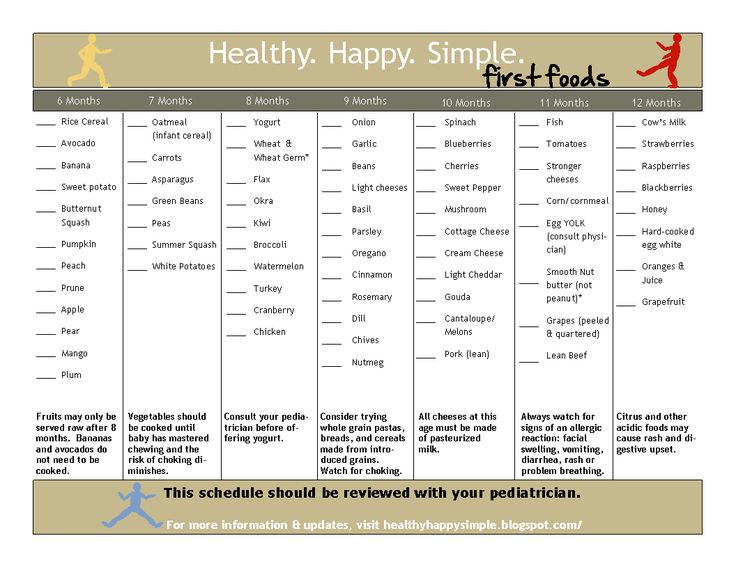 Feed with such fertilizer once at the rate of 1 liter under a bush.
Feed with such fertilizer once at the rate of 1 liter under a bush.
to contents ↑
How to feed tomatoes after planting in a greenhouse
Remember that the bed for tomatoes should be fertilized with humus from autumn, on poor soil, no mineral top dressing will help to get the maximum yield. Do not bring fresh manure for tomatoes!
After planting tomatoes in a permanent place in open ground or in a greenhouse for 2 weeks, refrain from any top dressing, let the plants first adapt to new conditions.
“Many, many questions about the first feeding of tomatoes. Always trust your eyes. You know about possible problems with tomatoes after planting in conditions of sudden changes in temperature, cold nights, and daytime heat. See condition.
Do this :
You can never go wrong giving all your tomatoes a complete fertilizer. The same Tomato Crystal was dissolved in a bucket, first selectively fed the most persistent, beautiful and happy.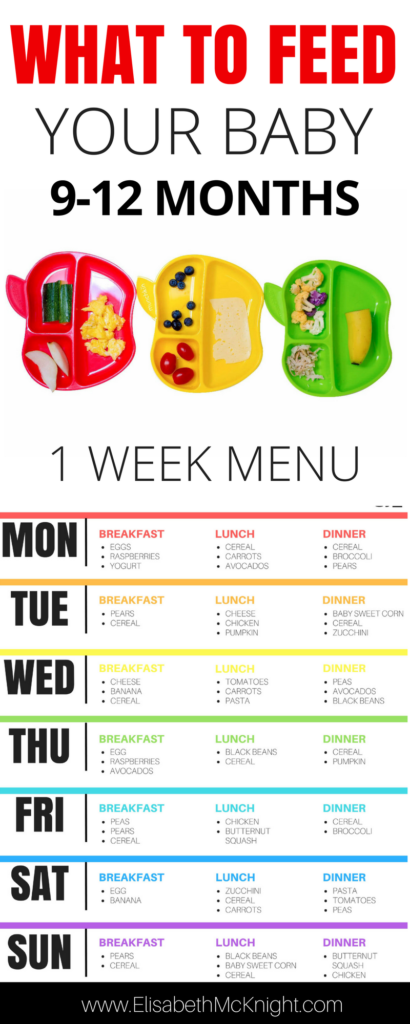 Then, a little yeast infusion, or horse manure infusion, or herbalist (fermented grass) was added to this solution and khilyachki were added.
Then, a little yeast infusion, or horse manure infusion, or herbalist (fermented grass) was added to this solution and khilyachki were added.
If the time of this top dressing is 2 weeks from planting, then Phytosporin can also be added to the top dressing. There will also be root prophylaxis (it does not exclude sheet prophylaxis, it is possible in one day).
Crystallon contains boron. If the first ovaries are on the plant, then what is in the hole and as part of the complex is enough for the plants. - Advice from an experienced "tomatologist" Elie Stahl.
Exactly 2 weeks after planting seedlings in a permanent place comes the time of the first "feeding" of tomatoes.
If you want to make a top dressing from the ingredients yourself, then the recipe is below.
The most common top dressing , which is enough for the plant at this stage of development, consists of a solution of mineral fertilizers (25 g of ammonium nitrate, 40 g of superphosphate and 15 g of potassium sulfate per bucket of water).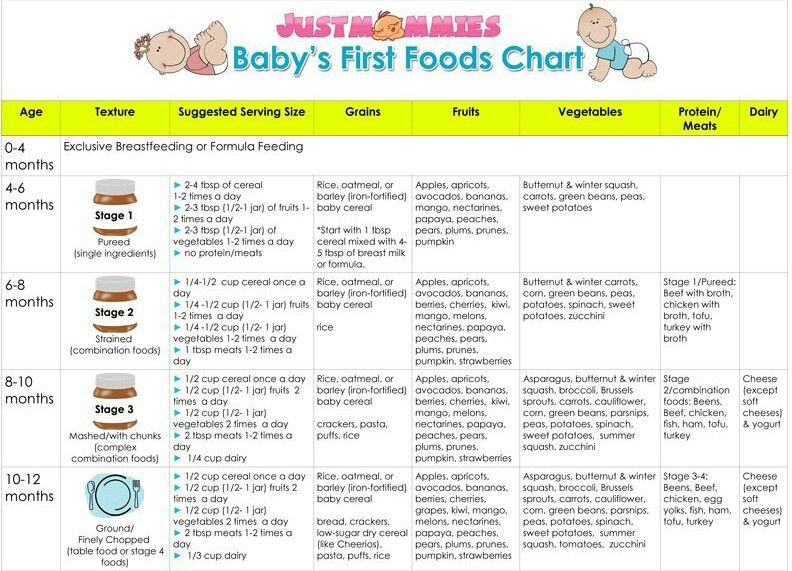 Water the tomatoes under the root with this mixture at the rate of 0.7 liters of solution per plant.
Water the tomatoes under the root with this mixture at the rate of 0.7 liters of solution per plant.
Tips for top dressing during this period
- Nitrogen fertilizers strongly stimulate the growth of green mass, to the detriment of fruit formation. Therefore, zealous with them in the first feeding is not the best solution. It is better to give preference to phosphorus-potassium fertilizers. The best option for tomatoes is ash or potassium sulfate. Potassium chloride is better not to take - chlorine has a depressing effect on tomatoes.
- Of the microfertilizers most needed by tomatoes are boron and magnesium. Boron is needed during flowering so that the flowers and ovaries do not fall off. To do this, it is enough to spray the leaves and flowers 1-2 times with a solution of boric acid at a concentration of 1 g per 1 liter of water and the problem will be solved (unless, of course, the temperature in the greenhouse is 40 degrees every day).
 Boron also contributes to an increase in sugar in fruits.
Boron also contributes to an increase in sugar in fruits. - Well, organic fertilizers. Infusion of mullein, bird droppings, weeds (preferably nettles) are only beneficial, but also in moderation and only before fruit set, after that organics do not need to be applied in any form, active growth of the vegetative mass at this time is no longer needed.
If you are a supporter of organic farming, then you can use various folk remedies to feed tomatoes at all stages of growth - infusions, composts, ashes. Feed your plants with herbal infusions, ashes, mulch with compost and humus.
to contents ↑
Top dressing of tomatoes during flowering
During this period, tomatoes are most in need of macro- and microelements, which contribute to the formation of ovaries. At this stage of development, foliar top dressing is also shown to tomatoes, which accelerate the setting and ripening of fruits.
The first flower cluster is laid after 6-11 true leaves (depending on children or goes) and nitrogen is not so important for tomatoes at this time. They now need more phosphorus (P) and potassium (K). Use any ready-made fertilizer that contains more phosphorus and potassium and less nitrogen.
They now need more phosphorus (P) and potassium (K). Use any ready-made fertilizer that contains more phosphorus and potassium and less nitrogen.
Tomatoes can get nutrition not only from the soil, but also through the foliage. Therefore, top dressing can be done both root and foliar (by leaf). If it is hot, then help the flowers turn into fruits by spraying the plants over the leaf with a solution of boric acid (1 gram per 1 liter of water), or borohum or ultramagbor.
Do not overdose and do not spray on the flowers (as "smart" sources advise), but only on the tops, on the foliage. Tomatoes are not “eaten” by flowers, and boron is not a pollinator, do not forget.
to contents ↑
How to feed tomatoes during fruiting
At the stage of fruit setting and filling, top dressing should contain a minimum of nitrogen and a maximum of potassium. Dissolve 2 tablespoons of superphosphate in 10 liters of water and add 1 tbsp. a spoonful of potassium humate.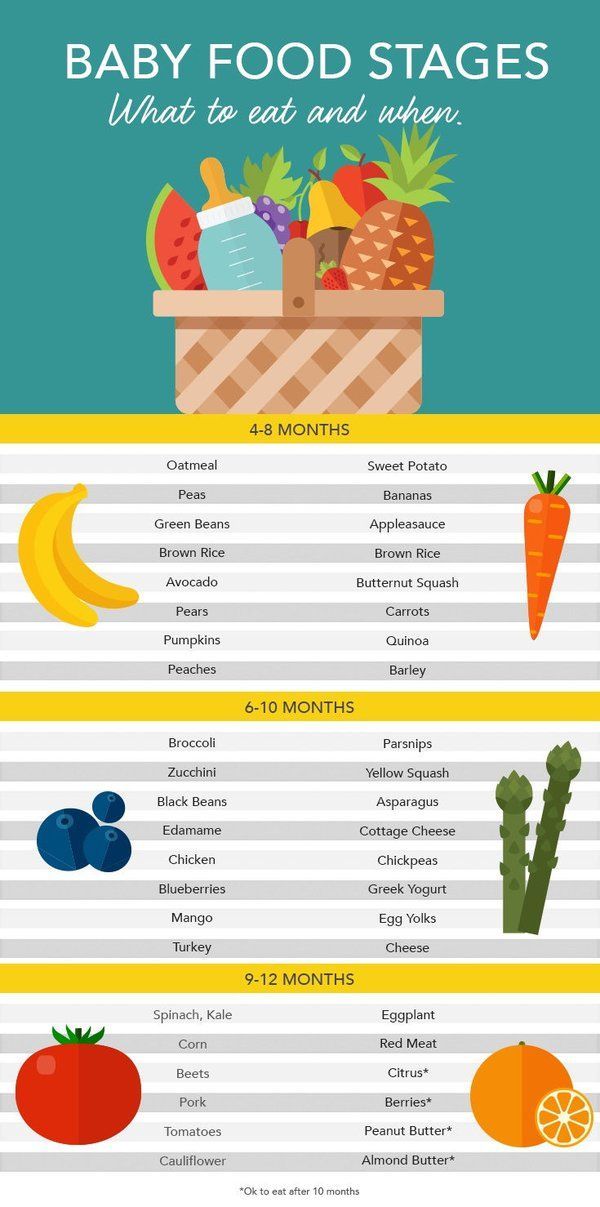 Apply 1 liter of the mixture under the root of each plant. Remember that superphosphate dissolves in warm or hot water; it is problematic to do this in cold water.
Apply 1 liter of the mixture under the root of each plant. Remember that superphosphate dissolves in warm or hot water; it is problematic to do this in cold water.
A large need for potassium can be met by feeding tomatoes with a solution of ash (1 glass per bucket of water) or Kalimag fertilizer (10-12 g per 1 sq.m), combining magnesium fertilizer as well.
At the stage of maturation of the first brushes, calcium supplements with humates are desirable.
back to contents ↑
How to calculate the right amount of fertilizer without scales
Not everyone has a small scale that can measure the weight of fertilizer in the right amount. Therefore, I will give here tables of the weight of the main fertilizers in spoons and matchboxes.
to contents ↑
How much fertilizer is in a tablespoon
The table shows the weight in a spoon without a slide.
to contents ↑
How much fertilizer is in a matchbox
The most convenient option is easy to measure, besides, boxes are always the same size, unlike spoons.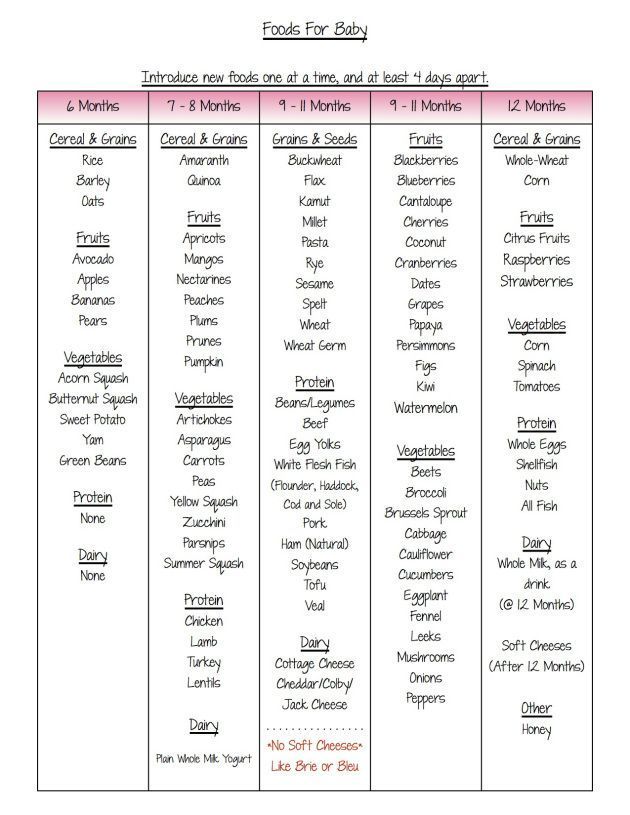
back to contents ↑
Fertilizer rate for tomatoes for the whole season
If the soil for planting tomatoes is well prepared, that is, seasoned with humus since autumn, then organic fertilizers can not be applied during the spring-summer season. Enough of the humus or compost that you made in the fall. It will remain necessary during flowering to either spray the plants on the leaf, or give top dressing with potassium and phosphorus at the root a couple of times with a difference of 10-12 days. And after fruit set, once again feed with a complex fertilizer for tomatoes, such as Fertiki, with a low nitrogen content and the advantage of potassium and phosphorus in it.
Remember, plants need more nitrogen in the beginning, and then more phosphorus and potassium.
back to contents ↑
Top dressing of tomatoes during fruiting, video
Let's share in the comments the recipes of our top dressing, after which good harvests are obtained. If you have photos, then attach them to the comments. Have a good harvest!
Tomato varieties with photos and reviews of gardeners from different areas in our Tomato Catalog
back to contents ↑
Fertilizer calculator for tomatoes
Here we consider the feeding of tomatoes with the main nutrients - nitrogen, potassium, phosphorus. Using the calculator, you can easily calculate in what period what fertilizers are needed for tomatoes.
Select the period of tomato development (before flowering, from the first flower to the first fruit, during the fruit ripening period). Next, choose the fertilizers that you have available (we have indicated the most common). Next, click "Calculate" and the calculator will give you the exact amount in grams that you need to dissolve in a bucket of water to get the desired top dressing. Of course, these values need to be rounded.
Next, click "Calculate" and the calculator will give you the exact amount in grams that you need to dissolve in a bucket of water to get the desired top dressing. Of course, these values need to be rounded.
Stage of development after planting to flowering from the first flower to the fruits of the first raceme from the fruits of the first raceme to the ripening of the first racemes fruit ripening period
N, nitrogen Urea (Urea) Ammonium sulfate
P, phosphorus Double superphosphateSimple superphosphate
K, potassium Potassium sulfate Ash
Best comments
-
Tatiana
It was a cold spring, the tomatoes grew poorly, got sick. I bought vitamins B1, B6, B12 in ampoules in a pharmacy. Half an ampoule per liter of water, sprayed on a leaf.
